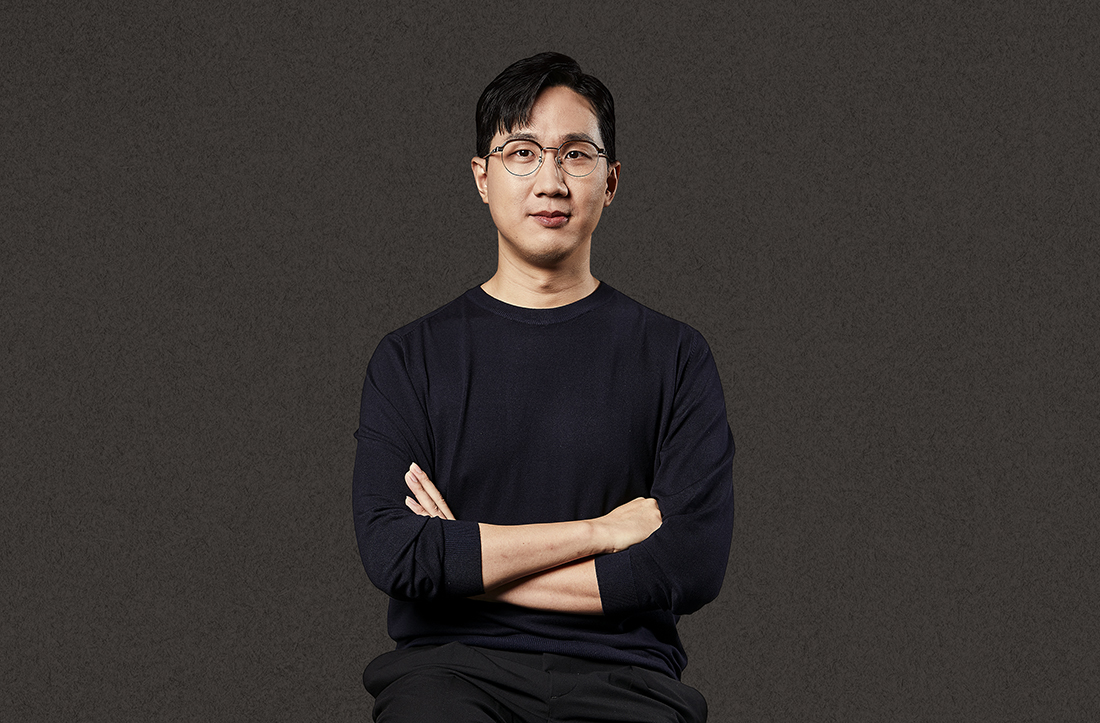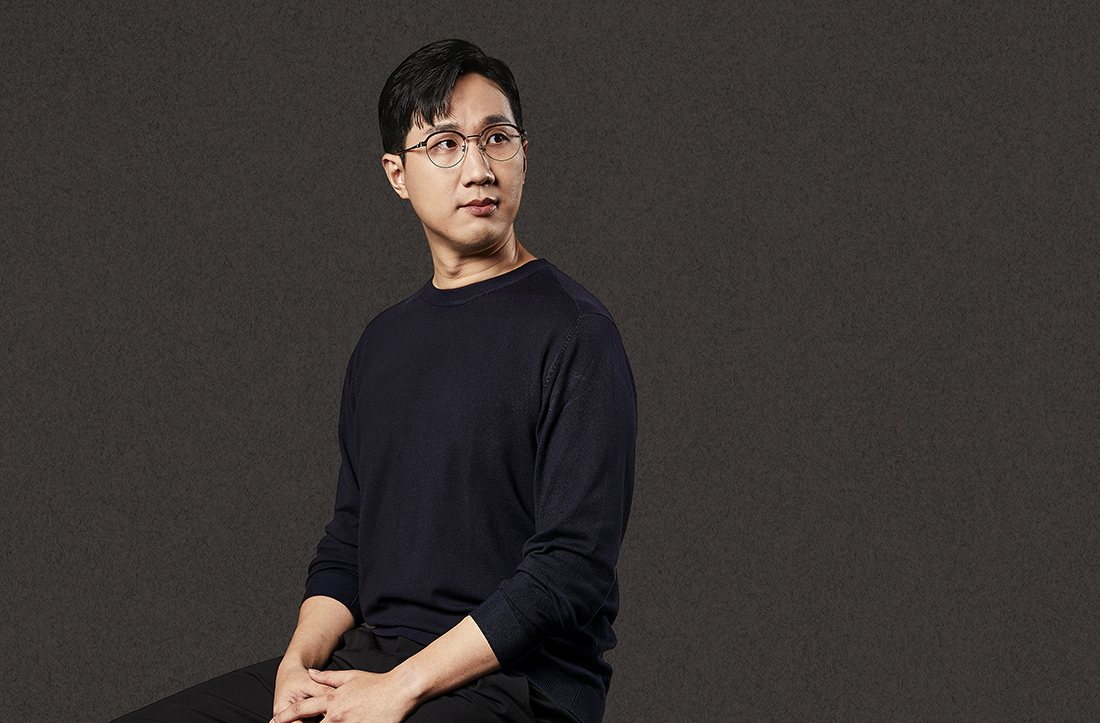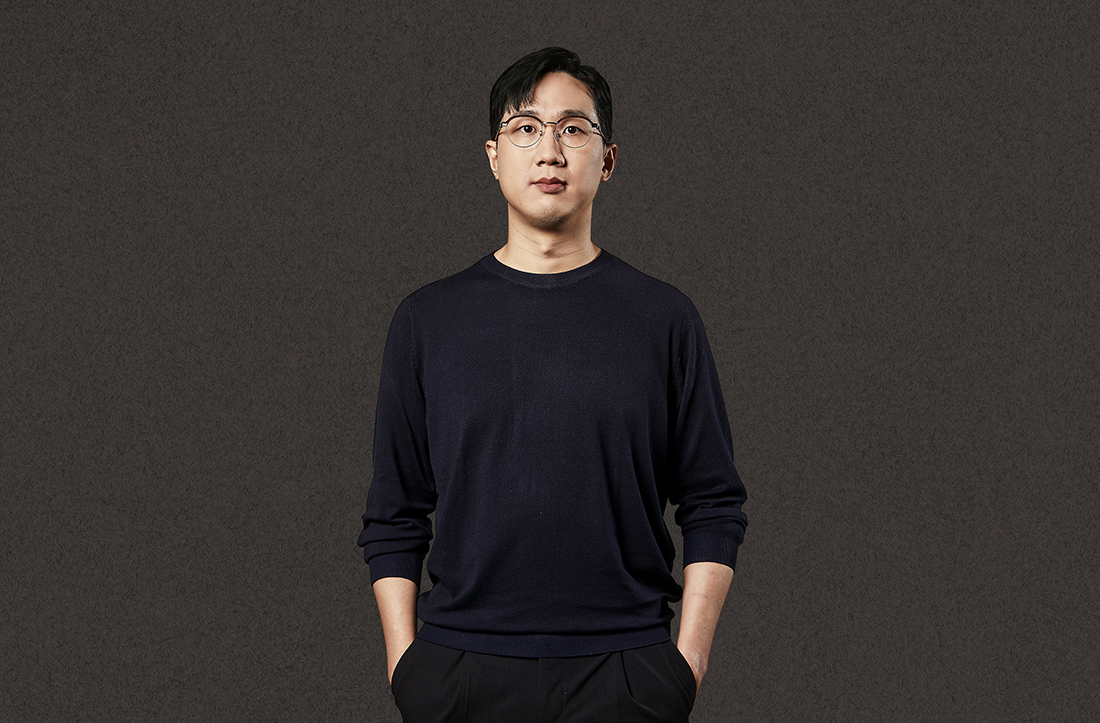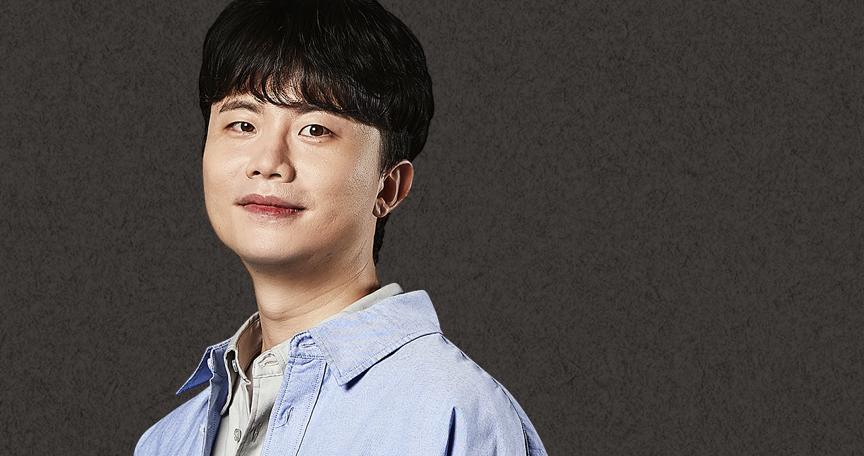American physicist Richard Feynman, who won the Nobel Prize, said that he went through the following three steps1 to solve problems.
When solving a problem, some people tend to try out different approaches and analyze the results later — it is a process of finding the answer through countless trial and error attempts. However, in Feynman's algorithm, problems need to be thought through before getting to problem solving which is different from taking a trial-and-error approach to the issue.
If it takes too long to come up with an answer, it probably means that you don’t know the field well. In that case, you must research related studies, build background knowledge, and think about the problem. For me, coming up with my own answer through this process was the fastest way to improve as a researcher.
 Facebook
Facebook  Twitter
Twitter  Reddit
Reddit  LinkedIn
LinkedIn  Email
Email  Copy URL
Copy URL 







